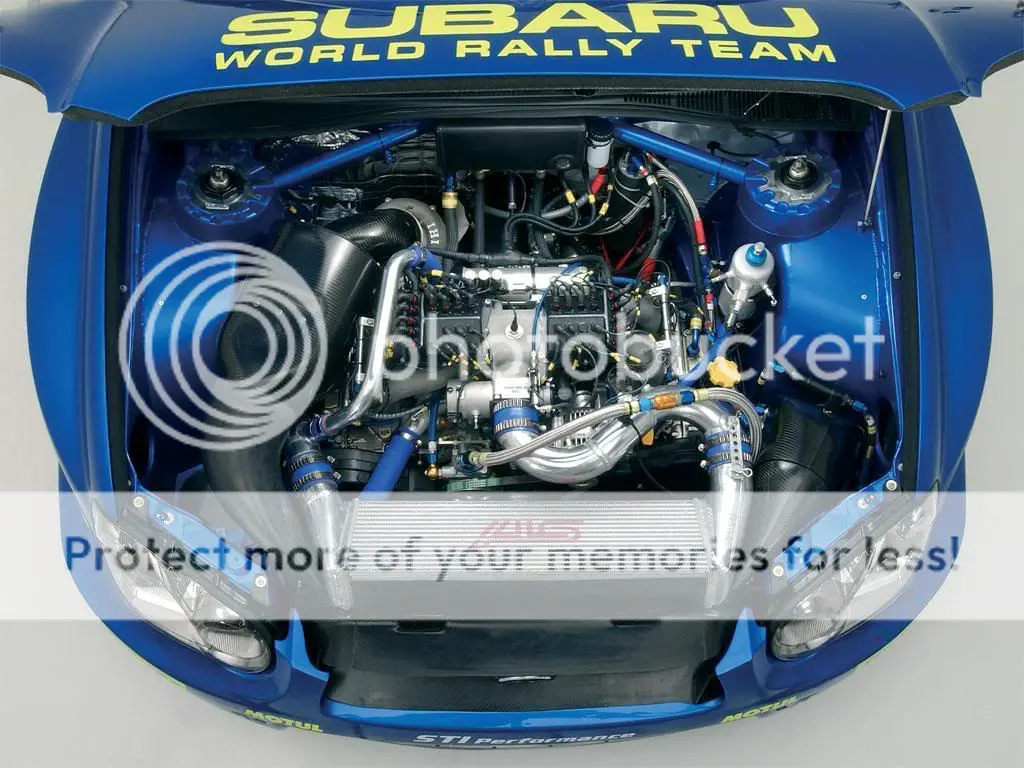Quoting DR1665:
Turbo lag is an effect of the pressure differential between the charge piping and the intake manifold.
I'd like to see the data to support that. Turbo lag is a weight/inertia/exhaust issue and not related to the intake. I will wait for someone to bring up the IC fallacy before I have to put that one to bed.
Quoting DR1665:
Thus our use of BOVs to prevent compressor damage.
This is also another thing I'll need more than speculative data to support. Turbo's have been around way longer than BOV's or BPV's or any charge release system. The initial use of the BOV was not for safety of the turbo but invented because the cars were running carburetors and the surge would blow out the bowls in a blow through configuration. (Source: Corky Bell) Le Mans cars run upwards of 3000 miles during the 24 hours, don't change oil, and Porsche engineers estimate that a single mile on a Lemans car does the equivalent damage to the motor as 1000 miles on a street car. They don't have BOV's and shift several thousand times during that period. The don't have turbo failures.(Source: Corky Bell again) Corky has stated he has never seen a turbo suffer any damage from supposed compressor surge due to lack of a BOV in all his years of racing. Another more recent example, the original Grand Nationals came with no BOV's.(Check Turbobuick.com) The BOV is currently on production cars because without it, the car is unsuitable, noise wise, to the modern consumer. BOV's do allow the compressor wheel to maintain speed which is another side benefit for the modern consumer, but they are in no way installed as a safety measure for the turbo.
All that being said, it appears the large diameter pipe used on the Subaru cars is a result of the abnormally small intake plenum. The standard Subaru intake design has an interior volume which is almost exclusively runner rather than plenum. This larger pipe acts as a repository considering the space limitations above the motor. I have an STI Manifold in my garage and I can fill it to find it's actual volume and compare it to the 1G manifold I have.
Here is another way they have tried to increase that plenum size.
I'll have to ask but it makes sense that at some point, the size of the plenum becomes negotiable, that is, in a race application on a forced induction motor, the plenum size needs to be bigger, but how much bigger is speculative. It appears in many of these Subaru configurations, they are simply going for as much volume as they can get within the limited space restrictions. I know during intake construction, there are many opinions on how much plenum volume is needed for a particular displacement motor. I would imagine more is better to a point in alot of applications, especially in high RPM racing applications. I don't think the specific size is as technical as the comparison to tuned headers however.
/brox














